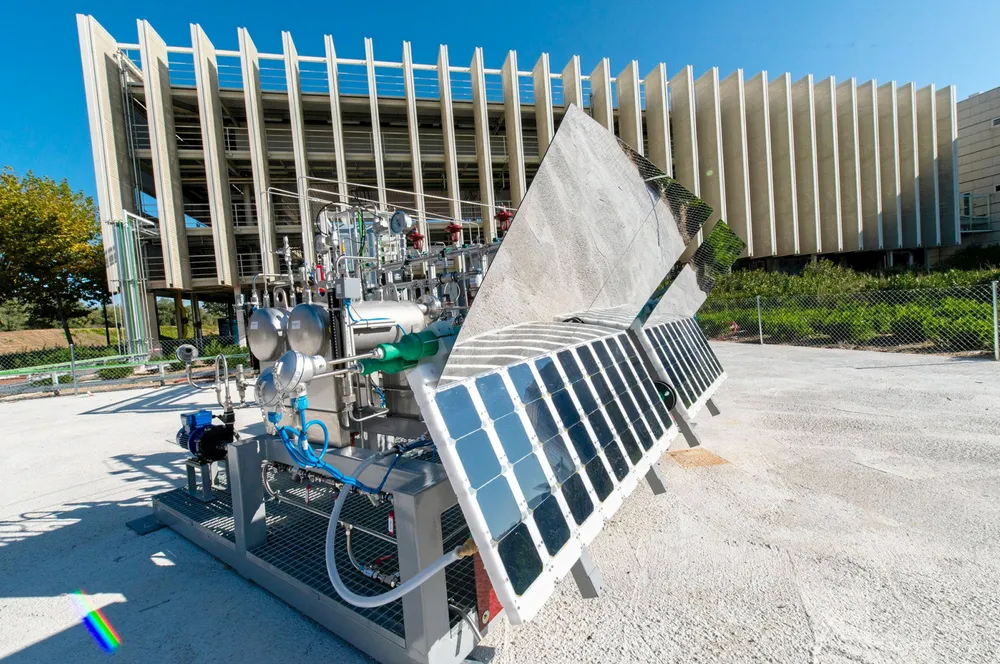US to invest millions in solar photocatalysis — making green hydrogen from sunlight without electrolysers or solar panels
Department of Energy announces almost $20m of grants to researchers in this experimental field, with further cash to be spent on developing hydrogen leak detectors and new H2 storage mediums
